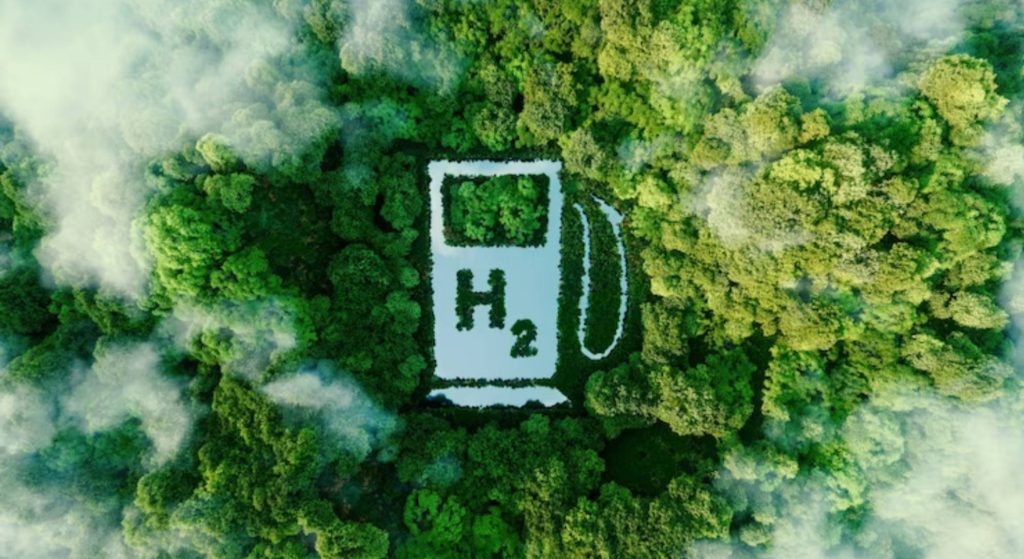The green hydrogen price may come down by $1 to $1.5 a ton, but the price difference between grey and green hydrogen will remain steep, impacting consumer plans to increase offtake of the cleaner hydrogen.
The price difference may come down from its current level of $2.0-2.5 per kg but stabilize at $1.0-1.5 per kg over the next years, says a Crisil Ratings note.
Green hydrogen is produced by electrolyzing water using round-the-clock (RTC) renewable energy, and grey hydrogen is produced by steam methane reforming (SMR), which emits a considerable amount of CO₂..
Green hydrogen production has two main components — a renewable energy plant with storage (a little less than two-thirds of the total cost) and an electrolyzer (about one-third of the total project cost) that uses renewable power to split water molecules into hydrogen and oxygen. The rest of the cost includes that of water and construction.
To be competitive with grey hydrogen (currently selling at $2.0-2.5 per kg), the levelized cost of green hydrogen (LCOH) needs to reduce by more than half from its current level. This would need the capital cost of both the main components, the RTC renewable plant and the electrolyzer, to drop 40-50%, which seems unlikely over the next 2-3 fiscal years, the note said.
LCOH for green hydrogen is calculated based on the cost of production and a 12% return on equity. The actual selling price may be higher due to the inclusion of other costs, including marketing and transportation.
Said Ankit Hakhu, Director, Crisil Ratings, “Industry players are expecting a 30-35% reduction in electrolyzer cost by 2030, along with a 5-10 percentage point improvement in efficiency riding on continued technology intervention, R&D focus, and economies of scale. Even if these expectations come true, the price differential between grey and green hydrogen will persist at $1.0-1.5 per kg over the next three fiscal years.”
“More than 90% of global electrolyzer projects are still in the feasibility and planning phase. The decline in overall costs will only become apparent as new capacities are built and become operational,” Hakhu added.
Electrolyzer costs comprise stack cost and balance of plant (BOP). The stack is the component responsible for splitting the water molecule, and BOP refers to all the auxiliary systems to enable the process.
The differential in LCOH vis-à-vis grey hydrogen makes it challenging for green hydrogen producers to get long-term offtake. A potential reduction in LCOH also adds a layer of uncertainty for consumers to lock in at the current price.
Ankush Tyagi, Associate Director, Crisil Ratings, added, “Given the nascent stage of the industry, regulatory support in the form of financial incentives and offtake mandates is essential to mitigate risks and encourage continued investments (including R&D). The National Green Hydrogen Mission’s SIGHT scheme, with an outlay of Rs 17,490 crore, aims to kickstart capacity development and reduce costs. Although the scheme’s average incentive of $0.4-0.5 per kg for three years covers only 25% of the cost differential, it is a crucial catalyst for setting up initial capacities. Considering the challenges in achieving the targeted reduction in the next three years, government support may be required for a longer period.”
This can also support access to affordable long-term financing, which is essential, given the high capital investment of $16-18 billion per MTPA of fully integrated green hydrogen capacity.













